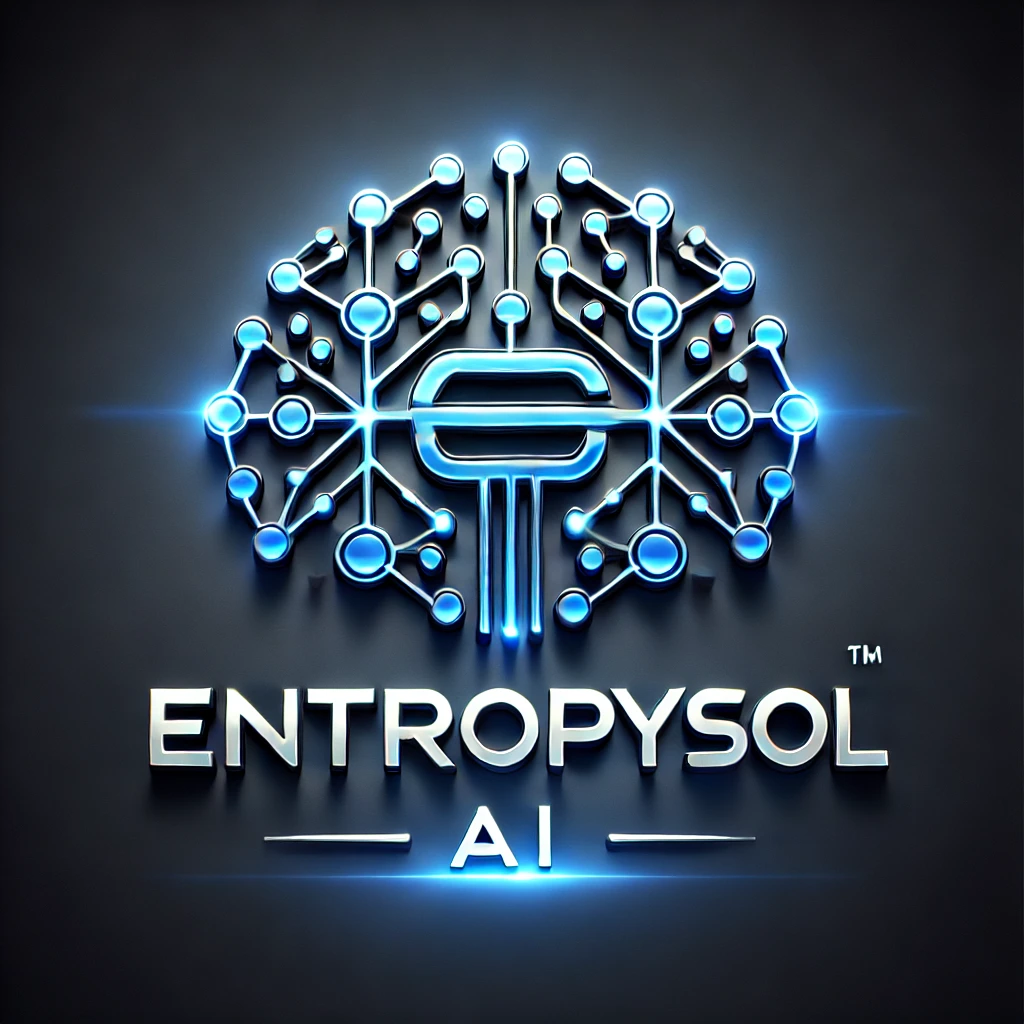Tag: Machine Learning
-
Beyond Analysis: Exploring Generative AI Architecture and Models
For a long time, Artificial Intelligence was primarily associated with analysis: classifying data, making predictions, or recognizing patterns. However, a revolutionary shift has occurred with the rise of Generative AI. This exciting field is all about teaching machines to create new, original content, unleashing unprecedented levels of digital creativity across various domains. What is Generative…
-
Master of Control: Understanding Proximal Policy Optimization (PPO)
In the dynamic world of Reinforcement Learning (RL), an agent learns to make sequential decisions by interacting with an environment. It observes states, takes actions, and receives rewards, with the ultimate goal of maximizing its cumulative reward over time. One of the most popular and robust algorithms for achieving this is Proximal Policy Optimization (PPO).…
-
Elevating AI: Fine-Tuning with PyTorch
You have a powerful pretrained artificial intelligence model ready to tackle complex language or vision tasks. But how do you make it excel on your specific, niche data? The answer lies in fine tuning, a technique that adapts these general purpose giants to your unique needs. When it comes to building and refining these intelligent…
-
Unleashing Autonomous Intelligence: Exploring the World of Agentic AI
The field of artificial intelligence constantly pushes boundaries, and a particularly exciting area is Agentic AI. Moving beyond reactive systems, Agentic AI focuses on creating intelligent agents that can perceive, make autonomous decisions, take actions, and learn to achieve specific goals. Imagine AI that not only processes information but also proactively solves problems and navigates…
-
LLM Applications: A Deep Dive into LangChain
The rise of Large Language Models (LLMs) has opened up an unprecedented era for AI applications. However, building truly intelligent, robust, and dynamic applications with LLMs often requires more than just calling an API; it demands orchestration, integration with external data, and complex reasoning. This is precisely where LangChain emerges as a game-changer. As an…
-
Elevate Your Meetings: Creating an AI Meeting Assistant
In today’s fast-paced professional world, meetings are indispensable, yet they often consume valuable time without always yielding clear outcomes or actionable insights. Imagine a solution that captures every detail, summarizes key decisions, and even identifies action items automatically. This is the promise of an AI Meeting Assistant, a transformative tool poised to revolutionize how we…
-
Mastering Modern AI: A Guide to Using Hugging Face Frameworks
In the rapidly evolving landscape of artificial intelligence, accessing and deploying state-of-the-art models can often be a complex undertaking. This is where Hugging Face steps in, democratizing advanced AI with its powerful and user-friendly frameworks. Renowned for its Transformers library, Hugging Face has become an indispensable platform for developers and researchers working with natural language…
-
Unlocking New Frontiers: A Deep Dive into Foundation Models
The landscape of artificial intelligence is constantly evolving, and a revolutionary concept known as Foundation Models is rapidly reshaping its future. These incredibly large, pre-trained AI models are not just another step forward; they represent a paradigm shift in how AI systems are developed and deployed. Their remarkable versatility and ability to adapt to a…
-
Supervised vs. Unsupervised Models: Choosing the Right AI Learning Approach
In the expansive landscape of machine learning, the approach you take to train your AI models fundamentally shapes their capabilities. The two primary paradigms that dominate the field are Supervised Learning and Unsupervised Learning. Understanding the core differences between these two methodologies is crucial for anyone looking to build effective AI solutions, as each is…
-
Shallow vs. Deep Neural Networks: Understanding the Depth of AI Learning
In the fascinating world of artificial intelligence, neural networks form the computational backbone for many advanced applications. These networks are broadly categorized by their “depth”—specifically, the number of hidden layers they possess. Understanding the distinction between Shallow Neural Networks and Deep Neural Networks is crucial for comprehending their capabilities, limitations, and how they contribute to…
